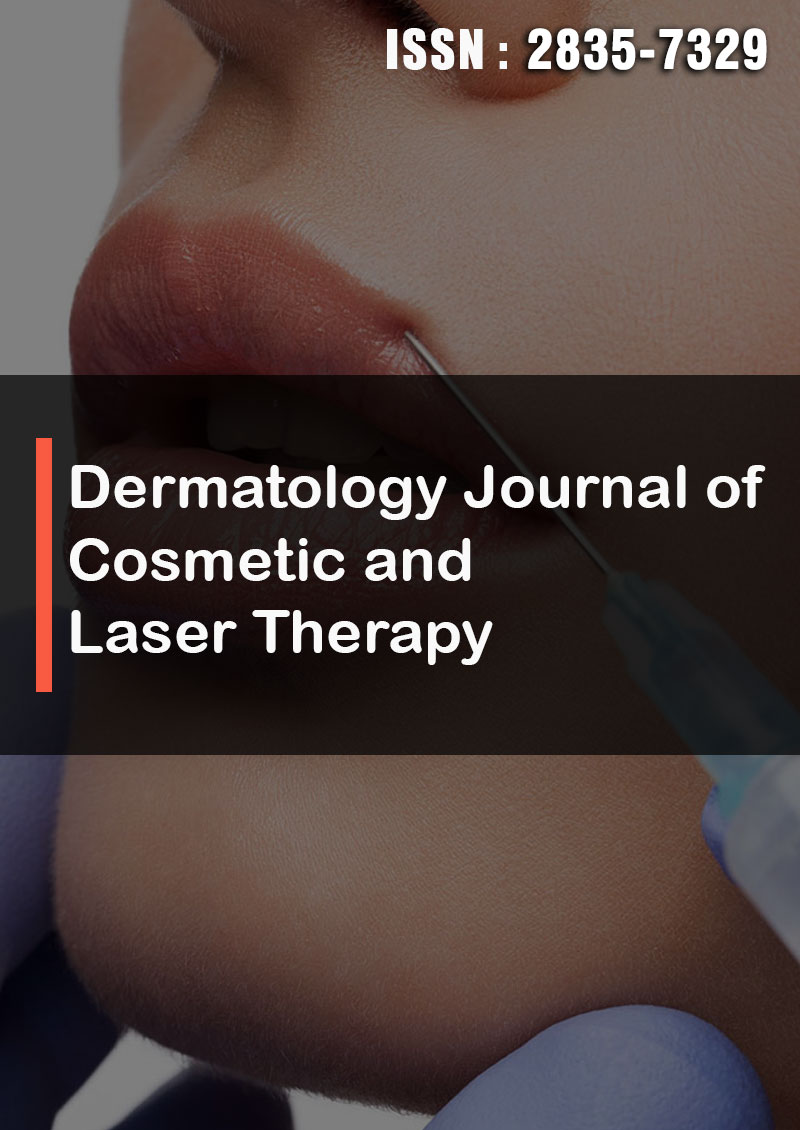The Rational of a Fixed Combination of Benzoyl Peroxide and Niacinamide in the Treatment of Acne Vulgaris: A Narrative Review
Abstract
Massimo Milani and Francesca Colombo
Acne vulgaris (AV) in a common skin disease affecting mainly adolescents but could be present also in adult subjects. AV is characterized by the presence of non-inflammatory (comedons) and inflammatory (papules, pustules, cysts, and nodules) lesions affecting sebaceous glands rich regions like the face, back, shoulder and thorax. A central pathogenetic role of AV lesions seems played by Cutibacterium acnes, especially some phylotypes (i.e. C. acne IA1) able to induce an inflammatory response at the level of sebaceous glands. Other important pathogenetic factors of AV are the androgen-driven increase of sebum production and the process of hyperkeratinisation of the infundibulum. The first line treatment of AV is in general done using monotherapy with antibacterial agents like benzoyl peroxide (BPO) and hydrogen peroxide or topical retinoid mole- cules. These two classes of drugs could interfere with C. acnes growth (BPO) and with keratinocytes proliferation (retinoid). Fixed combination of BPO and retinoid molecules are commonly used in mild to moderate forms of AV. However, both BPO and retinoids could be nor well tolerated especially during the first weeks of treatment causing skin irritation erythema and dryness. Both BPO and topical retinoids could interfere with the skin barrier function. During BPO treatment the Trans epi- dermal water loss (TEWL) a marker of skin barrier function, increase significantly supporting the fact that BPO alters this function. Niacinamide is a potent anti-inflammatory molecule able to preserve the skin barrier function. Niacinamide has shown to be effective in AV with inflammatory lesions. There is a strong rationale for the development of a topical product formed by fixed combination of BPO and niacinamide for the first-line treatment of mild to moderate AV but also in the treat- ment of papulopustular rosacea. In this narrative review we discuss the rational of the combination and the first clinical data of this product as first line AV and rosacea treatment strategy.




